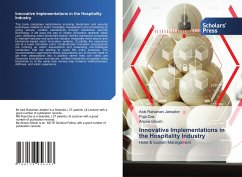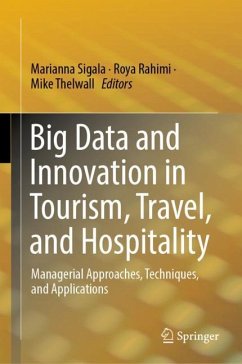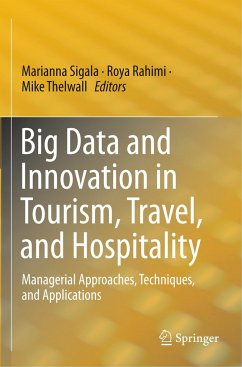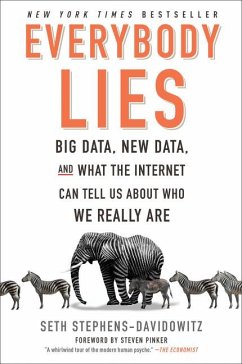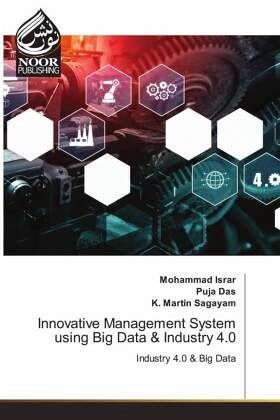
Innovative Management System using Big Data & Industry 4.0
Industry 4.0 & Big Data
Versandkostenfrei!
Versandfertig in 6-10 Tagen
17,99 €
inkl. MwSt.

PAYBACK Punkte
9 °P sammeln!
AbstractThe tourism sector has now joined the ranks of other businesses that employ big data analytics in their daily operations. People create a lot of data in all of their actions and decisions, from looking for vacation spots to buying rucksacks on the internet. People tend to leave a lot of digital footprints, even when going across the globe. While consumers deliberately or involuntarily create a lot of direct data on the open- source internet, there are various more unusual data sources that the travel industry might leverage to make better judgments. These data-backed insights and analy...
AbstractThe tourism sector has now joined the ranks of other businesses that employ big data analytics in their daily operations. People create a lot of data in all of their actions and decisions, from looking for vacation spots to buying rucksacks on the internet. People tend to leave a lot of digital footprints, even when going across the globe. While consumers deliberately or involuntarily create a lot of direct data on the open- source internet, there are various more unusual data sources that the travel industry might leverage to make better judgments. These data-backed insights and analytics-driven judgments can aid in the growth and development of the travel sector. Companies in this area have begun to use predictive analytics to forecast future travel trends and resolve present problems.



